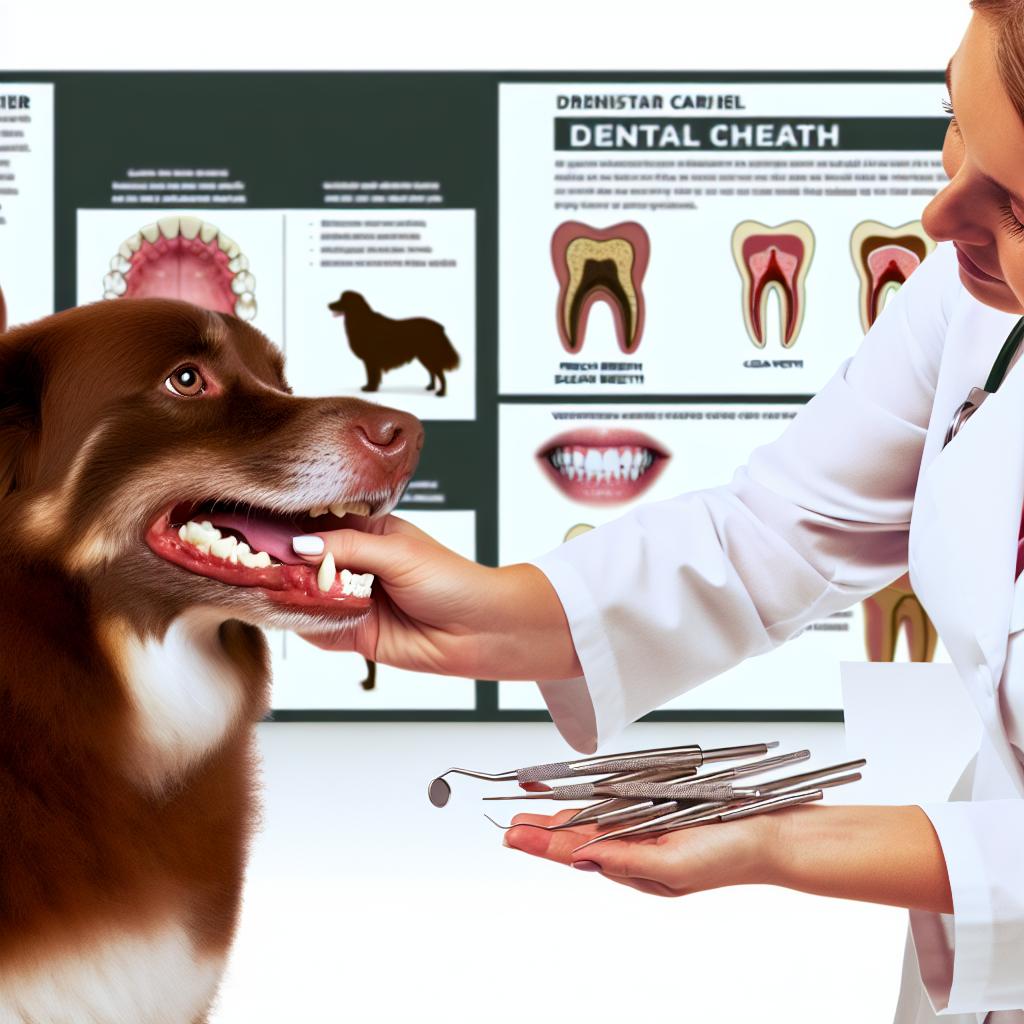
Ensuring proper dental care for your dog is crucial for their overall health and well-being. Just like humans, dogs require regular dental maintenance to prevent a range of potential issues. Understanding the importance of dental care can lead to a healthier and happier pet.
Dogs use their teeth for more than just eating. They rely on them for playing, exploring, and defending themselves. However, without proper care, your dog may develop dental diseases that could affect their quality of life. Common dental problems in dogs include plaque buildup, gum disease, and tooth decay.
Plaque is a filmy substance that forms on the teeth through the combination of food particles, bacteria, and saliva. This sticky biofilm is the precursor to more severe dental issues. If not removed, plaque hardens into tartar, which is more difficult to clean and can lead to gum disease. The hardening process can start within 24 to 48 hours, making regular care essential. Implementing a regimen of regular brushing and providing dental chews can effectively manage plaque and tartar buildup. Proper dental hygiene prevents tartar from compromising the structural integrity of the teeth and gums.
Gum disease, or periodontal disease, is an infection of the tissues that surround and support the teeth. It is a progressive condition that, if untreated, can lead to chronic pain and even tooth loss. Symptoms of gum disease include bad breath, bleeding gums, and difficulty eating. These signs are indicative of a larger problem that cannot be ignored. Regular veterinary check-ups can help detect gum disease early. Early intervention is crucial as advanced periodontal disease might necessitate more aggressive treatments, such as extractions and professional cleanings.
Tooth decay in dogs is less common than in humans due to differences in diet and oral bacteria. However, it can still occur, especially in neglected dental cases. When a dog’s tooth decays, it can lead to painful abscesses. The decay erodes the tooth enamel, creating an entry point for bacteria. A decayed tooth may require professional intervention for removal to prevent further infection. Keeping your dog’s teeth free from decay requires maintaining vigilance and regular dental care routines.
To maintain optimal oral health for your dog, a combination of home care and professional veterinary services is recommended. This dual approach addresses both immediate and long-term dental health concerns.
Regular brushing with a dog-specific toothbrush and toothpaste is essential. Human toothpaste should never be used as it contains fluoride, which is harmful if ingested by dogs. Brushing not only removes food particles and plaque but also familiarizes your dog with oral care routines. Additionally, dental chews and toys can aid in reducing plaque buildup and massaging the gums. Chewing on specific toys provides a mechanical action that helps scrape away debris from the teeth. It’s important to select toys that are durable and suitable for your dog’s size and chewing strength.
Routine dental cleanings by a veterinarian are vital for maintaining your dog’s oral health. These cleanings are performed under anesthesia, allowing the veterinarian to thoroughly clean the teeth and assess any potential issues. During these cleanings, your veterinarian can address tartar buildup that cannot be managed by brushing alone. Your veterinarian may also provide specific dietary recommendations or dental diets that promote oral health. These specialized diets typically contain ingredients that help reduce plaque and are formulated to protect dental health.
Observing your dog’s behavior and oral hygiene can help catch dental problems early. Early detection can prevent more costly or serious interventions. Signs to watch for include:
– Persistent bad breath, which may indicate an underlying problem beyond normal doggy breath.
– Red or swollen gums, which are often signs of gum disease or irritation.
– Reluctance to eat or chew, signaling possible pain or discomfort in the mouth.
– Pawing at the mouth, suggesting irritation or foreign body presence.
– Excessive drooling, which can be a behavioral response to oral discomfort.
If you notice any of these signs, it is important to seek veterinary care promptly. Early intervention can prevent more serious health complications.
Dental care is an essential part of your dog’s healthcare routine. By investing time in at-home care and scheduling regular veterinary check-ups, you can ensure that your dog maintains healthy teeth and gums. Consistent dental care contributes to your dog’s overall well-being and quality of life. For further information and resources on pet dental health, consult reputable sources such as veterinary clinics or professional organizations like the American Veterinary Medical Association.
In summary, maintaining your dog’s dental health is not just about preventing bad breath or enhancing their smile; it is about preventing pain and ensuring a good quality of life. Regular dental care helps avoid the physical and financial burdens associated with advanced dental disease. Implementing comprehensive dental care practices keeps your pet comfortable and sets a foundation for prolonged health.